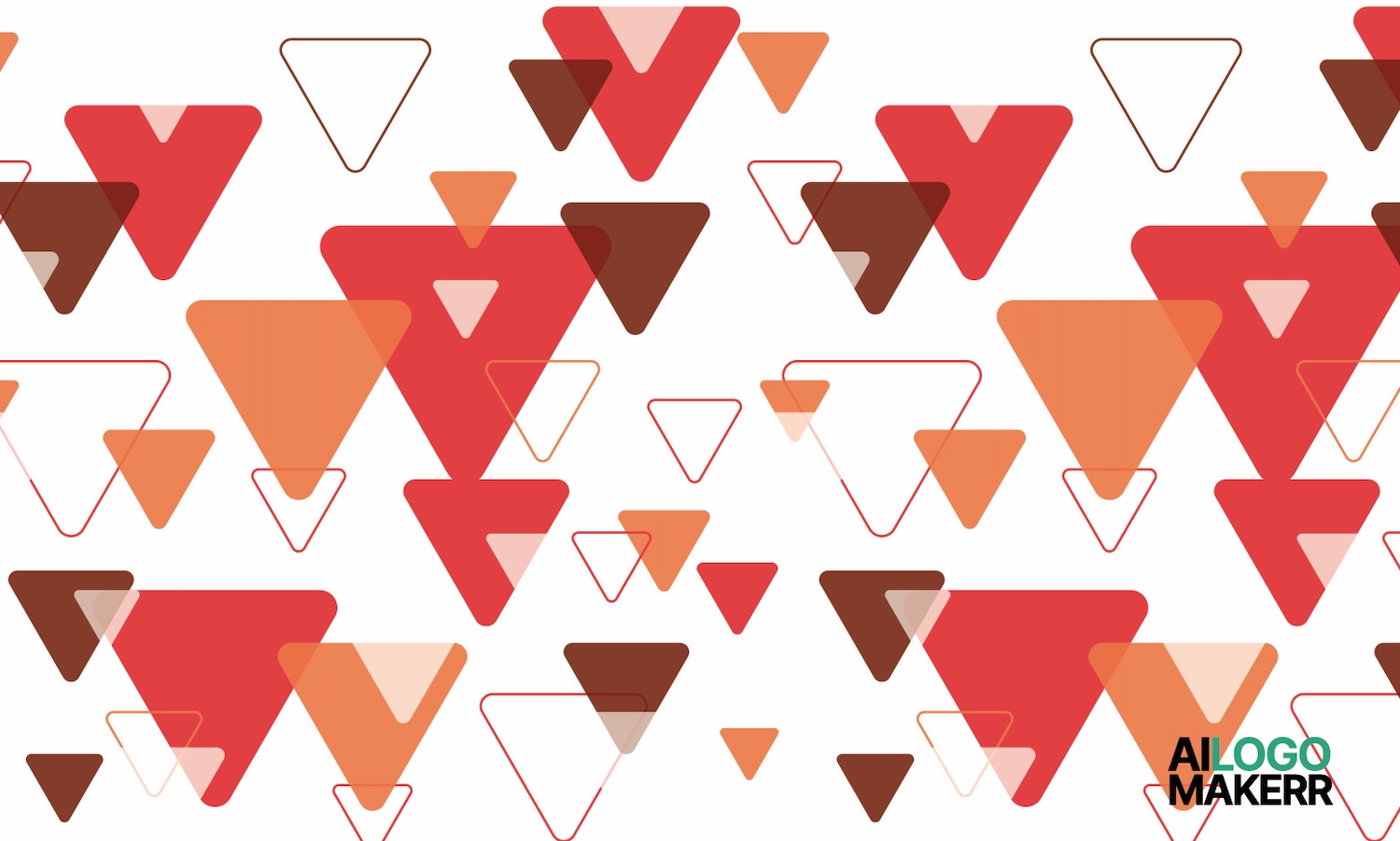When it comes to global sports events that celebrate human spirit and determination, few can match the inspiring spectacle of the Paralympic Games. Every four years, these Games bring together athletes from all corners of the world to compete at the highest level, demonstrating that disability is not a barrier but a challenge to be overcome. And just like their Olympic counterparts, the Paralympic Games have their own set of iconic symbols, most notably, the Paralympic logo.
This symbol is more than just a design, it's a representation of inclusion, strength, and unity. But how does one go about creating a logo that encapsulates such profound meanings? The answer lies in the intricate world of graphic design, where creativity meets purpose. In this blog, we’ll delve into the art and impact of Paralympic logos, exploring how they connect with audiences globally and how you, too, can make a logo with the help of AI tools.
The Paralympic Games: More Than Just Sports

The Paralympic Games are a beacon of hope and resilience, showcasing the athletic prowess of individuals with disabilities. Since their inception in 1960, the Games have grown in size, scope, and significance, drawing millions of viewers and participants from around the world. At the heart of this global movement is the Paralympic logo, which plays a crucial role in conveying the values of the Games.
The Paralympic logo is a carefully crafted symbol that represents the Games' core principles of courage, determination, inspiration, and equality. The current logo, known as the "Agitos," consists of three swooping shapes in red, blue, and green. These shapes, which resemble crescents, are derived from the Latin word "agito," meaning "I move." This dynamic logo reflects the essence of the Paralympic movement, athletes who constantly push the boundaries of what is possible.
The Power of Symbolism in Logo Design

In the world of logo design, symbolism is key. A logo must be more than just visually appealing; it needs to tell a story, evoke emotions, and connect with its audience on a deeper level. For the Paralympic Games, the Agitos logo does just that. It conveys a sense of movement, progress, and unity, all while representing the diverse cultures and backgrounds of the athletes who compete.
The colors of the logo. Red, blue, and green were chosen because they are the most widely represented colors in national flags around the world. This choice reinforces the Paralympic Games' commitment to inclusivity and global representation. The three Agitos, which encircle a central point, symbolize the athletes coming together from all parts of the globe, united by the spirit of competition.
Creating a logo with such rich symbolism requires a deep understanding of both design principles and the values that the logo is meant to convey. For designers, this means balancing aesthetics with meaning, ensuring that every element of the logo serves a purpose.
The Role of Graphic Design in Communicating Values

Graphic design is more than just a visual art form; it’s a powerful tool for communication. Through design, we can convey complex ideas, evoke emotions, and inspire action. In the context of the Paralympic Games, graphic design plays a pivotal role in shaping how the Games are perceived by the public.
The Paralympic logo is just one aspect of this larger design ecosystem. From event branding to merchandise to digital platforms, graphic design is used to create a cohesive and compelling visual identity for the Games. This identity must be flexible enough to work across various mediums, from large-scale billboards to small social media icons, while maintaining its integrity and impact.
For businesses and organizations looking to create a similarly impactful logo, the key is to start with a clear understanding of your brand’s values and mission. Online platforms can assist in this process by offering AI-powered logo design tools that allow you to experiment with different elements and find the perfect balance between form and function.
The Evolution of the Paralympic Logo

The Paralympic logo has evolved significantly over the years, reflecting the growing prominence and influence of the Games. The original Paralympic logo, introduced in 1988, featured a symbol resembling the Olympic rings but with a unique twist. Each ring was replaced by a segment representing the five continents.
In 2004, the current Agitos logo was introduced, marking a departure from the previous designs. The new logo was created to give the Paralympic movement its own distinct identity, separate from the Olympics. This rebranding effort was part of a larger strategy to raise the profile of the Paralympic Games and ensure that they were recognized as a premier sporting event in their own right.
The introduction of the Agitos logo was a turning point for the Paralympic movement, signaling a new era of growth and recognition. The logo has since become synonymous with the Games, appearing on everything from medals to promotional materials.
How AI Impacts Logo Design

As we look to the future, it’s clear that AI will play an increasingly important role in the world of graphic design. AI-powered tools can help designers create logos that are not only visually stunning but also deeply meaningful. For example, an AI logo generator can analyze trends, cultural references, and design principles to generate a logo that resonates with your target audience.
For the Paralympic Games, AI could be used to create dynamic logos that adapt to different contexts, such as digital platforms or augmented reality experiences. Imagine a logo that changes shape or color depending on the viewer’s location or the time of day—this level of customization and interactivity is within reach thanks to AI.
At Ailogomakerr.com, we’re committed to helping businesses harness the power of AI to create logos that stand out in a crowded marketplace. Our AI logo design tools are user-friendly and offer endless possibilities for customization, making it easy for you to create a logo that captures the essence of your brand.
The Impact of Paralympic Logos on Global Awareness

Paralympic logos do more than just represent the Games, they help raise awareness about disability and inclusion on a global scale. The logo is often the first point of contact between the Games and the public, making it a powerful tool for advocacy and education.
Through the Paralympic logo, we are reminded that sport is for everyone, regardless of physical ability. The logo serves as a visual reminder of the strength and resilience of the athletes who compete, inspiring millions of people around the world.
Celebrating the Paralympic Spirit Through Design

In conclusion, the Paralympic logo is a testament to the power of design in shaping perceptions and driving social change. It’s a symbol of unity, strength, and progress, reflecting the values of the Paralympic movement and the athletes who embody them.
As we continue to explore new frontiers in design and technology, Ai platforms such as Ailogomakerr.com will play a crucial role in helping businesses and organizations create logos that resonate with their audiences. Whether you’re designing for a global event like the Paralympic Games or for your own brand, remember that great design has the power to inspire and connect people across the world.





.svg)









